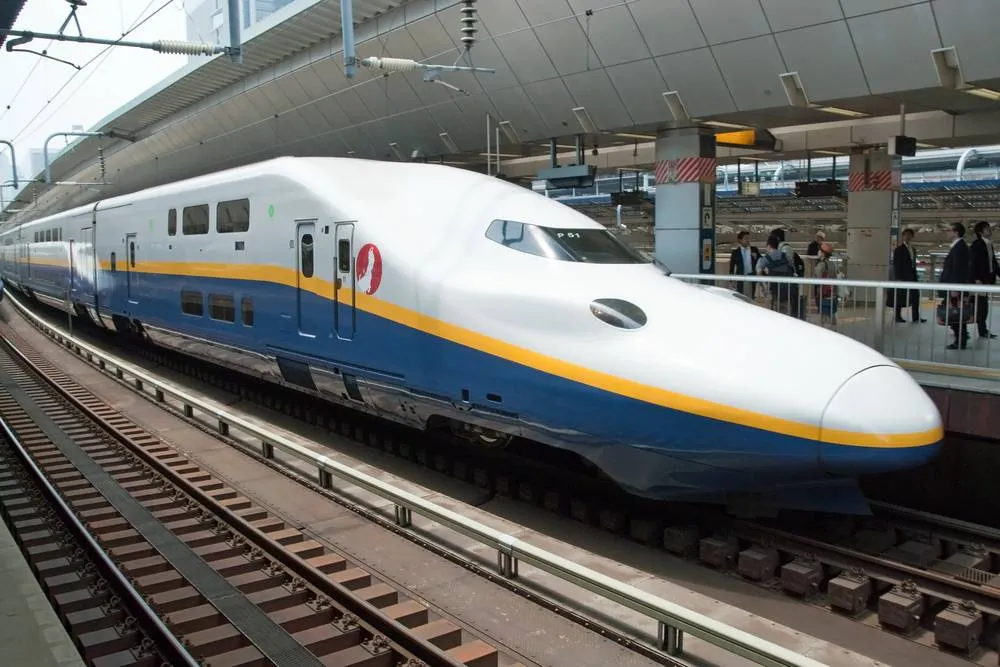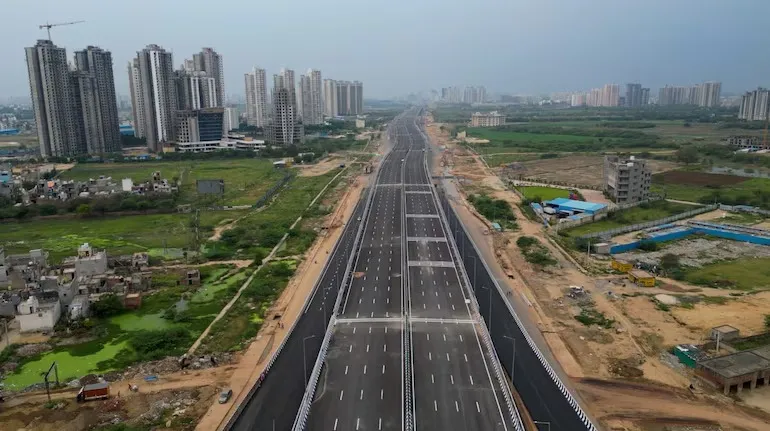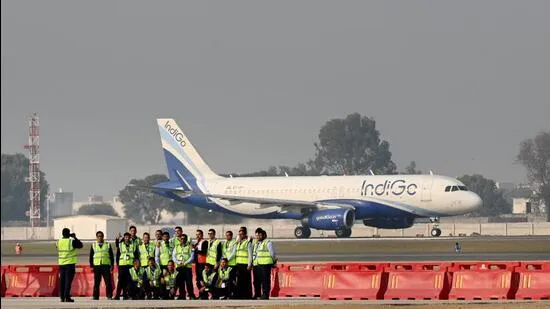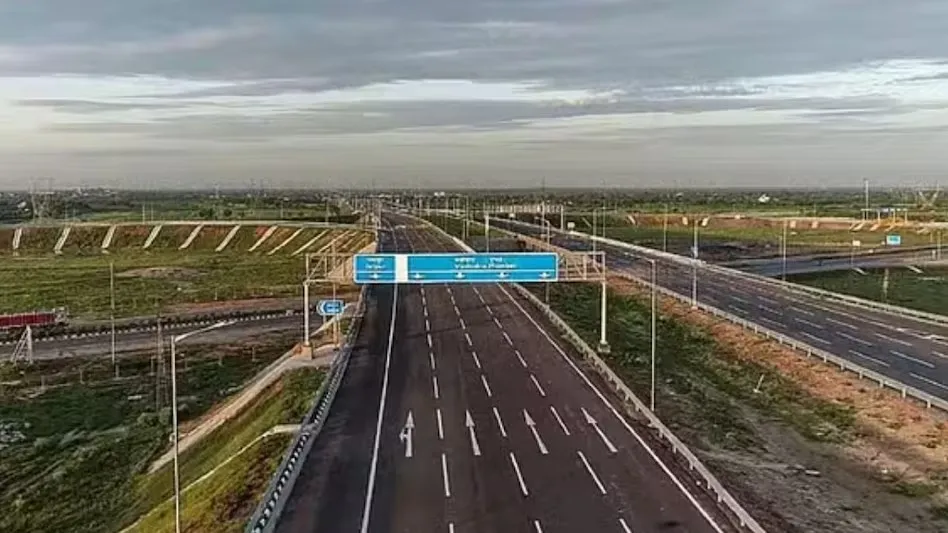 45 Page views
45 Page views
Published on Mon Oct 28 2024 | Financial Express Mumbai Ahmedabad Ahmedabad Bullet Train Sabarmati Surat Gujarat National High Speed Rail Corporation Limited (NHSRCL)

Under the SMART initiative, these stations will be seamlessly integrated with metro, bus, and taxi services, facilitating convenient transfers between various modes of transport.
Four of the twelve stations on India’s inaugural bullet train route between Mumbai and Ahmedabad have been earmarked for targeted development under the SMART (Station Area Development) plan, The Indian Express reported.
These stations – Virar and Thane in Maharashtra, along with Sabarmati and Surat in Gujarat – will be developed into vibrant activity hubs, enhancing connectivity and providing modern amenities for travelers and nearby communities.
Under the SMART initiative, these stations will be seamlessly integrated with metro, bus, and taxi services, facilitating convenient transfers between various modes of transport.
Such an integration is likely to reduce the travel time, cut urban congestion and lower emissions.
The SMART development prioritises enhanced accessibility and convenience, ensuring hassle-free travel for commuters. To foster economic growth around these stations, the project adopts Transit-Oriented Development (TOD) principles.
With TOD, the areas surrounding each station will feature a diverse mix of land uses, including offices, hotels, educational institutions, and healthcare facilities, all within walking distance.
The goal is to establish dynamic, self-sustaining urban ecosystems that stimulate local businesses, generate jobs, and bolster the regional economy.
Under this project, the focus will initially be on building infrastructure for immediate needs of the commuters. In the initial phase, development will focus on establishing pickup and drop-off points, parking facilities, and passenger plazas around each station.
The next phase will extend development to areas within a 500-meter radius of each station, necessitating updates to city master plans, local policies, and infrastructure upgrades like road widening, according to officials.
Over the next decade, the TOD project will expand up to 800 meters from each station, aligning with the city’s broader urban vision. These long-term plans aim to leverage high-speed rail connectivity as a driver for sustainable urban growth, ultimately fostering livable neighborhoods around each station.
Division of 800m area
Bullet Train Station: The National High Speed Rail Corporation Limited (NHSRCL) will be solely responsible for developing the bullet train station and its immediate surroundings. This includes the pickup and drop-off zones, parking facilities, passenger plazas, and connections to existing infrastructure.
Area 2: Within 10 years of the bullet train stations becoming operational, city authorities will focus on enhancing road connectivity and developing supporting infrastructure around the station.
Area 3:Over the next 10 to 20 years following the station’s launch, the state government, along with urban development and city planning authorities, will lead development efforts in the broader surrounding area.

Yamuna Expressway Authority to launch 4,000 affordable housing plots priced at Rs 7.5 lakh near Noida Airport

GMDA plans pipeline shift along Dwarka E-way to clear way for service roads

Expedite work at Noida international airport: UP chief secretary

Govt announces FASTag-based annual highway toll pass of Rs 3,000 for private vehicles

Maruti Suzuki’s Manesar plant gets cargo rail link